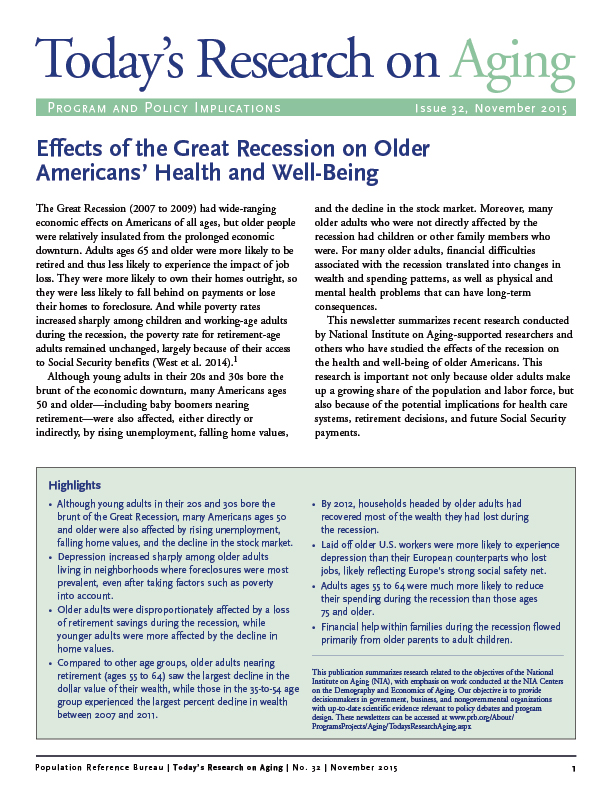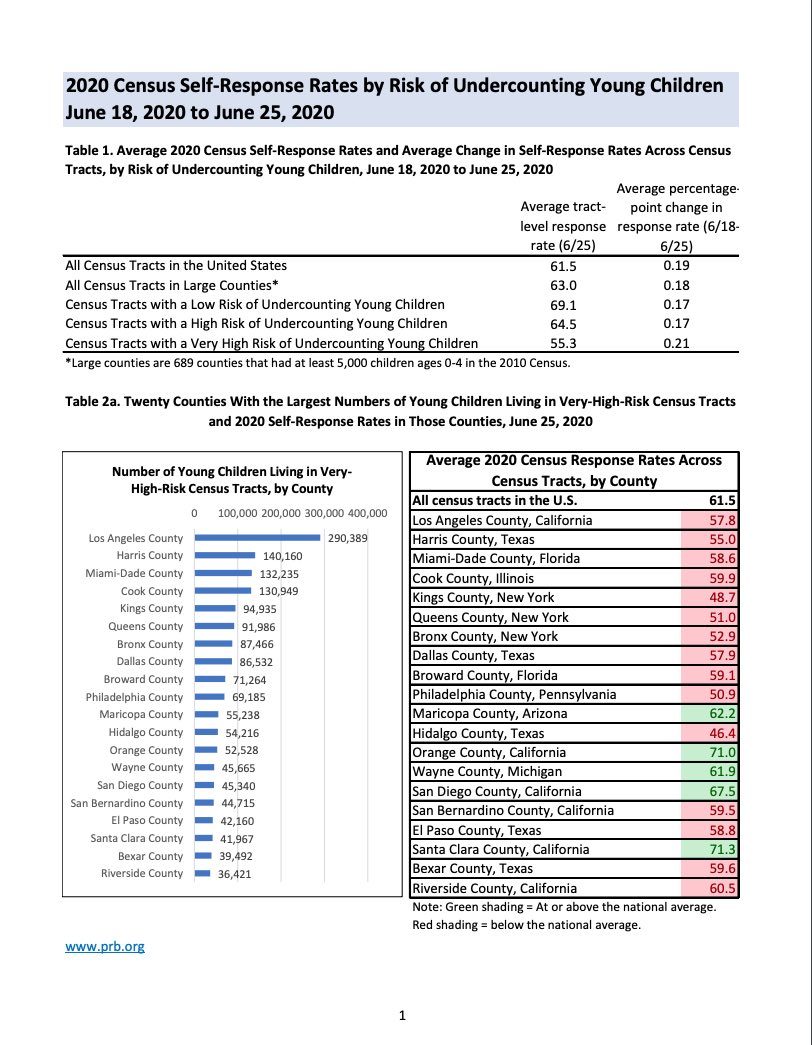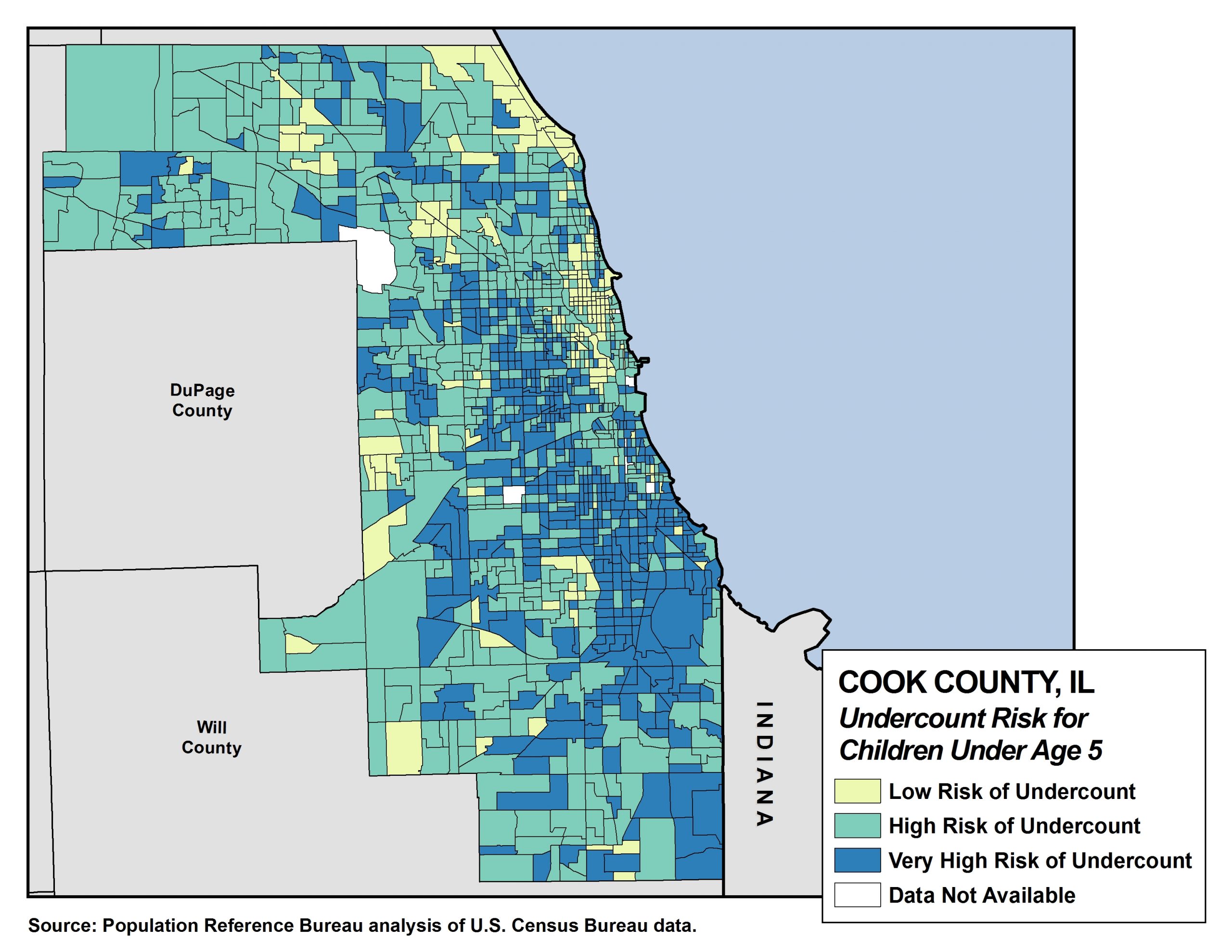Project: Center for Public Information on Population Research (CPIPR)
When a Parent Is Incarcerated, Partners and Children Also Pay a Price
(2020) “We live in a country where we have huge numbers of children exposed to parental incarceration. When we talk about the need to reform the criminal justice and mass incarceration systems, we also need to talk about the unintended victims of the current system,” says Christine Leibbrand of the University of Washington.






